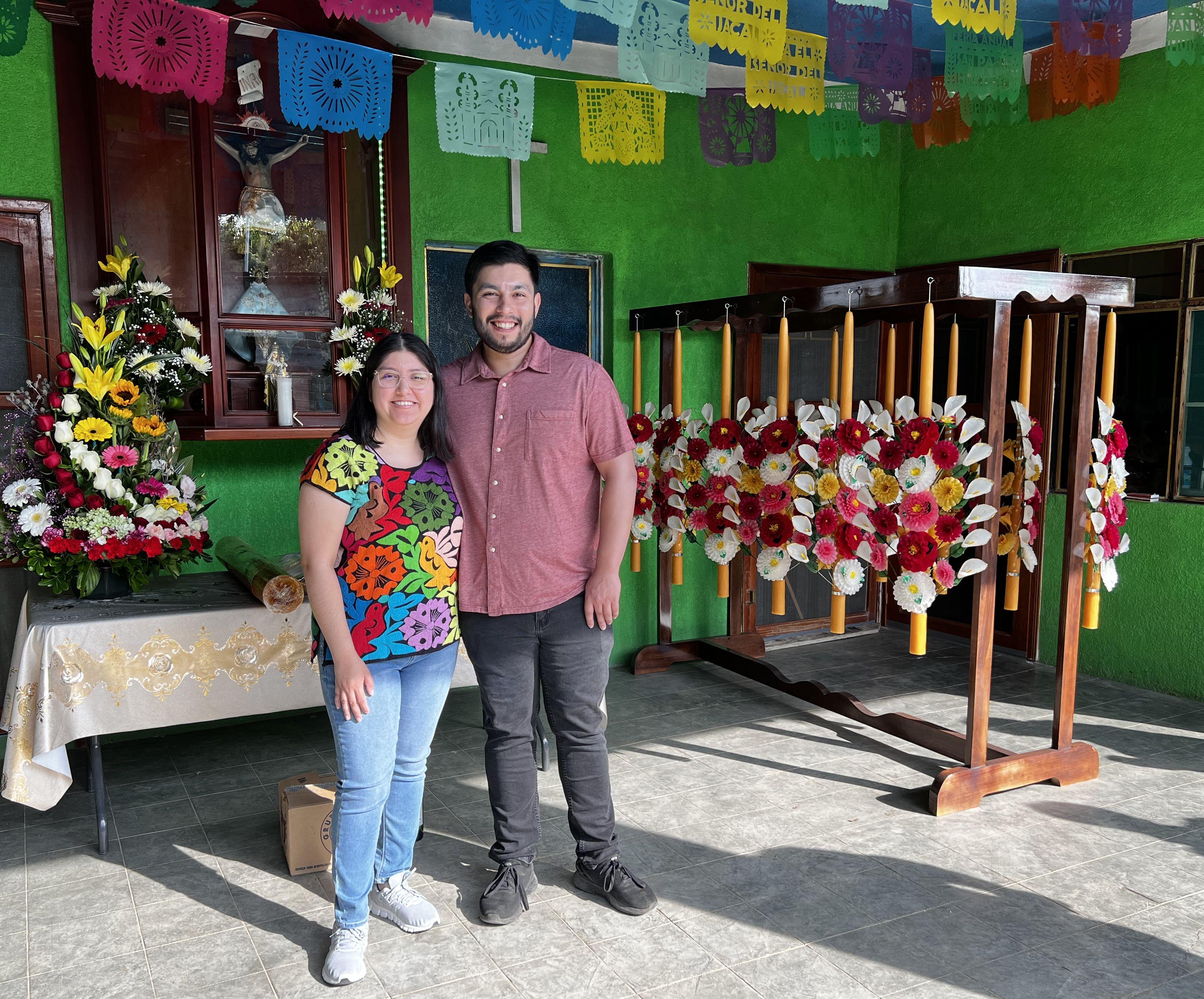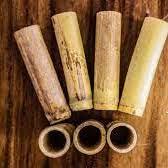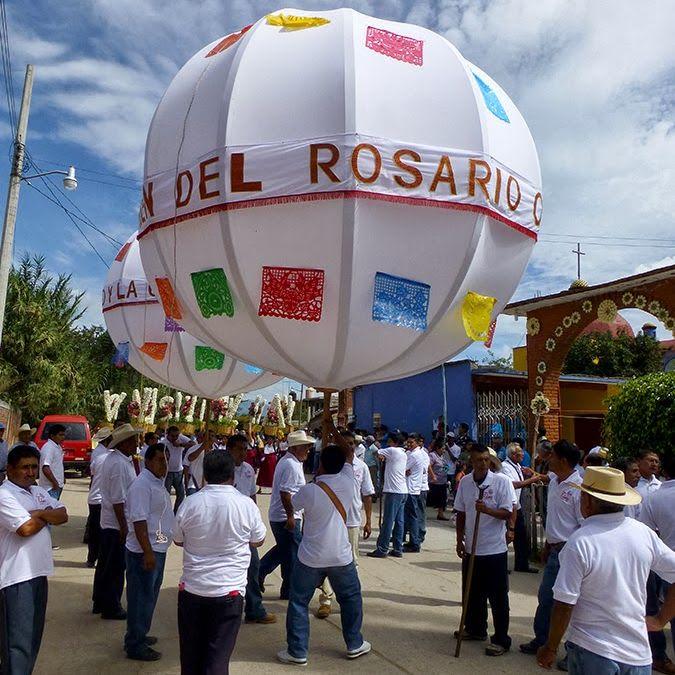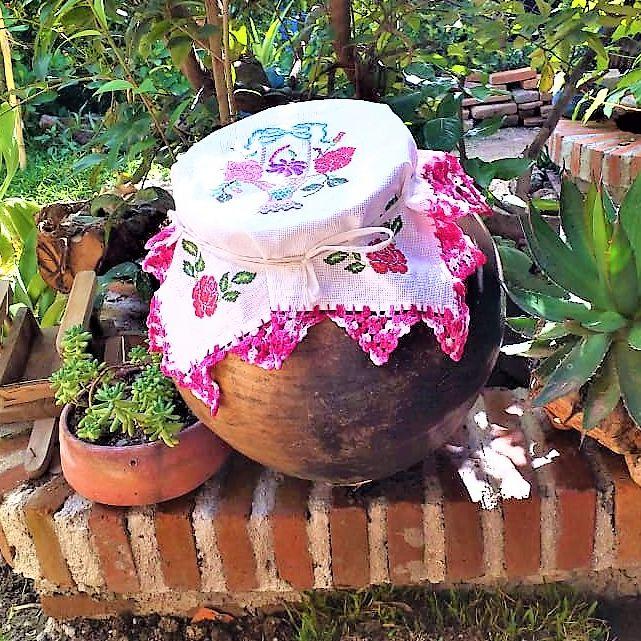Jessica & Alejandro
Tradiciones de Oaxaca


El Súchil
Day Before | El Dia Antes
The súchil marks the beginning of the religious celebration, symbolizing the light of Christ that will guide the couple. At the godparents' altar, it bears witness to this new beginning and is offered in gratitude to God for the marital union. It is taken to the godparents' altar along with beer, mezcal, cigarettes, and soft drinks to share. Its elements include: 12 small reed plants (the apostles), a floral cord (the rosary), two candles (light of Christ), incense, and copal. All is offered for fellowship and prayer at the godparents' home. ----- El súchil marca el inicio de la festividad religiosa, simbolizando la luz de Cristo que guiará a los novios. En el altar de los padrinos, es testigo del nuevo comienzo y se ofrece en agradecimiento a Dios por la unión matrimonial. Se lleva al altar de los padrinos junto con cerveza, mezcal, cigarrillos y refrescos para compartir. Sus elementos incluyen: 12 canutillos (los apóstoles), un cordón floral (el rosario), dos velas (luz de Cristo), sumerio y copal. Todo se ofrece para la convivencia y oración en la casa de los padrinos.

La Marmota
Procession to Venue | La Calenda
The Marmota leads the walk, la calenda, to the venue. This walk is to announce to the town our marriage. La Marmota symbolizes faith and evangelization brought by the Dominicans to Oaxaca, mainly in the Central Valleys. Made of cedar wood or reed, it is decorated with colorful ribbons and letters for various religious festivities. It features: 1) A spike representing Christ, 2) Two discs symbolizing the chalice and host, 3) Twelve rods for the apostles and Jesus' ribs, 4) A sphere for the world, 5) Candles as the light of Christ, 6) A helm for the union of Earth and humanity, 7) A cloth symbolizing Jesus' ascension, 8) Weighs 130-155 lbs. ----- La marmota aparece en la caminata al salon, que es conocida como la calenda. Esta caminata es para anunciar nuestro casamiento al pueblo. La marmota es símbolo de fe y evangelización que trajeron los dominicos a Oaxaca, principalmente en los Valles Centrales. Hecha de madera de cedro o carrizo, se decora con letras y listones según la ocasión. Características: 1) Espiga que representa a Cristo, 2) Dos discos que simbolizan el cáliz y la hostia, 3) Doce varillas, los apóstoles y costillas de Jesús, 4) Esfera que representa el mundo, 5) Velas como la luz de Cristo, 6) Timón que une tierra y ser humano, 7) Manta que envolvió a Jesús, 8) Pesa 60-70 kg."

El Tepache
Day After | El Recalentado
It marks the culmination of religious and social events, derived from the word 'nault tepatli' (corn drink). It represents a biblical passage (Exodus 17:1-7) where Moses, with Aaron, makes water flow from a rock in Horeb to quench the thirst of the Israelites. Tepache is purified with incense and symbolizes the Wedding at Cana when Jesus multiplied the wine. Features: 1) Twelve reeds with flowers (apostles), 2) Clay pot with a floral cord, 3) Two reeds for the godparents to strike the pot, 4) Two candles (light of Christ), 5) Incense. It is no longer made of corn, it is now fermented fruits like pineapples among others. It is shared with guests as Moses shared water. ----- Es la culminación de eventos religiosos y sociales, derivada del vocablo 'nault tepatli' (bebida de maíz). Representa un pasaje bíblico (Éxodo 17:1-7) donde Moisés, con Aarón, hace brotar agua de una roca en Horeb para saciar la sed de los israelitas. El tepache se purifica con incienso y simboliza las bodas de Caná cuando Jesús multiplicó el vino. Características: 1) Doce carrizos con flores (apóstoles), 2) Olla de barro con un cordón floral, 3) Dos carrizos para los padrinos que golpearán la olla, 4) Dos velas (luz de Cristo), 5) Sumerio y copal. Ya no es hecho de maíz, sino de frutas fermentadas, como la piña entre otras. Se reparte a los invitados como Moisés repartió agua.